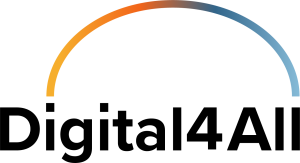Active learning I
Scenario:
You are part of a university’s digital learning team. You’ve been asked to assess and improve a course used in a blended undergraduate programme. Several students have raised concerns about difficulties accessing readings, understanding lecture materials, and participating fully in online activities.
Personas:
Persona 1 – Layla (21, Visual Impairment):
A sociology student using a screen reader. She finds long PDF readings without alt-text and poorly structured content difficult to access.
Persona 2 – Carlos (24, ADHD):
A psychology major who struggles with sustained attention and benefits from chunked information and multimedia over long written documents.
Persona 3 – Noura (28, Multilingual Learner):
A mature student in STEM with limited English proficiency. She thrives with visual cues and scaffolded learning resources like glossaries and visual organisers.
Learning Goals:
-
Understand barriers to digital accessibility in higher education.
-
Identify inclusive strategies aligned with UDL principles.
-
Use digital tools to begin improving accessibility in course materials.
Step-by-step Tasks
🕒 Step 1: Identify barriers
Read the article: Rethinking Technology Accessibility in Higher Ed
Write down 3 barriers each persona might face in a typical online course.
✅ Tip: Consider tools, platform design, language, and interaction types.
🕒 Step 2: Match with UDL principles
Use the UDL Guidelines site: https://udlguidelines.cast.org/
For each barrier:
-
Pick one UDL principle (Engagement, Representation, or Action & Expression).
-
Suggest one practical adaptation to address it (e.g., add captions, use colour coding, chunk instructions).
✅ Add at least one digital tool per solution from this list:
🕒 Step 3: Design challenge
Pick one course element (e.g., a PDF reading, quiz, lecture video).
Redesign it to better serve at least two of the personas.
Use a guided note or graphic organiser template from UDL Examples.
